Vietnam and Christianity
(The main site was updated on December 11th, but the blog update was delayed.)
I made pop-up cards of Vietnamese architecture. This time, I chose the Christian church.
The first photo is a pop-up card modeled after the Hamlong Church in Hanoi.
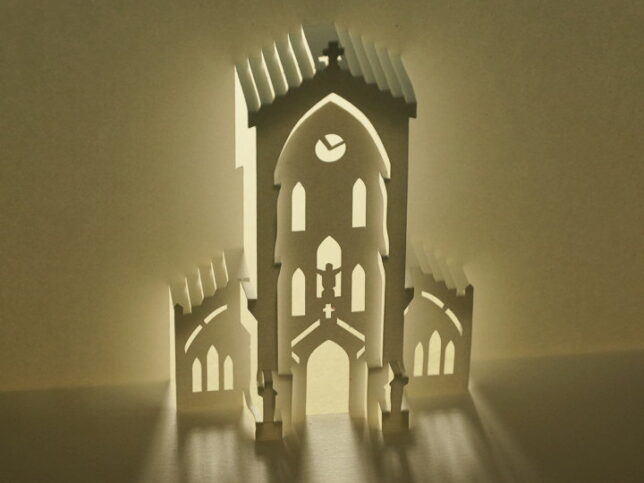
In the late 19th century, the French colonized Vietnam. Western European architecture built during the colonial era still remains in Vietnam.
It is said that Christian missions began in Vietnam in 1533. It has gradually spread its power in the Vietnamese society where Confucianism and Buddhism were strong.
The 19th-century Nguyen dynasty banned Christianity, and Tu Duc, who ascended the throne in 1847, executed two French and two Spanish missionaries (from 1851 to 1857). In response to this, France’s Napoleon III sent troops jointly with Spain in 1858 on the pretext of compensation for the killing of missionaries, and occupied Saigon the following year.
In 1862, he signed a peace treaty (Saigon Treaty) with Nguyen Dynasty and ceded the present southern part of Vietnam. France continued to expand its colony, with Vietnam and Cambodia as French Indochina in 1887, and Laos as a protectorate in 1899.
France seems to have given priority to building Christian churches in various parts of the country when it colonized.
The current building of Ham Long Church, shown in the photo above, was completed in 1934, but the church is said to have originated at the end of the 19th century. Other famous churches in Hanoi are Hanoi Cathedral (St. Joseph’s Church), completed in 1886, and Quabac Church (North Gate Church), completed in 1930, which are said to be the three main churches in Hanoi.
Christians were given preferential treatment during the colonial era, so the number of believers increased.
After the end of World War II in 1945, Ho Chi Minh issued the Declaration of Independence of Vietnam, declaring the birth of the Democratic Republic of Vietnam.
However, negotiations with France failed to reach an agreement, and the First Indochina War began in 1946.
In 1954, France signed the Geneva Accords to end the war, but the United States, which joined the war in 1950, did not participate in the Accords and established the Republic of Vietnam (South Vietnam). This was the beginning of the division of Vietnam into North and South.
As North Vietnam became a communist country, many Catholics fled to the South. The first president of South Vietnam, Ngo Dinh Diem, was a Catholic. (Though he suppressed other religions, including Buddhism, and was killed in a military coup in 1963.
North Vietnam resolved to wage a war of armed liberation to overthrow the regime in the south, and from around 1960, it began to wage a guerrilla war in South Vietnam. The U.S. intervened in earnest in 1965, bombing and sending in ground troops. (Vietnam War)
Here is the second photo. A pop-up card of the ruins of Tam Toa Church.
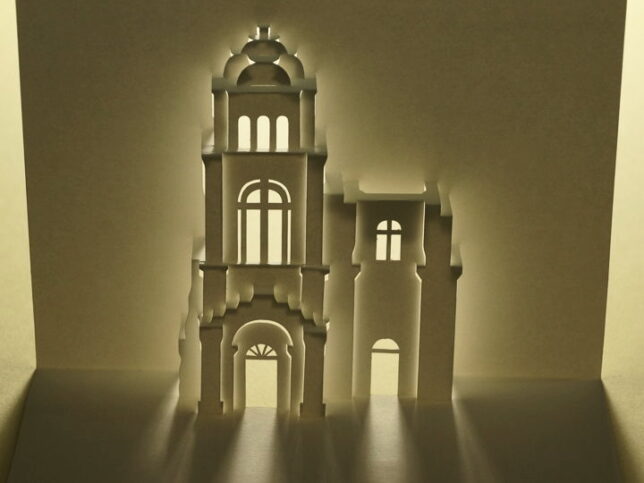
Tam Toa Church was built in 1886 in Dong Hoi, central Vietnam, but it was destroyed by American bombs in February 1965.
Later, Vietnam decided to leave the ruins as they were as evidence of the war.
The U.S. troops withdrew in 1973, and the Vietnam War ended in 1975 with the fall of Saigon, the capital of South Vietnam, and the unification of Vietnam by the North.
After reunification, Vietnam adopted a policy of restricting religion.
Although the constitution allowed for “freedom of religion," it was premised on patriotism and civic duty, and only religious organizations approved by the government could legally operate.
At the time, only three state-approved religions were recognized: Buddhism, Catholicism, and Protestantism.
However, after Doi Moi (1986-), the state policy was gradually loosened, and religion and belief in Vietnam began to flourish.
Vietnamese born religions such as Cao Dai and Hoa Ha Ho have been recognized, and currently there are 12 religions and 33 organizations that are state-recognized religious organizations.
The number of Catholics in Vietnam is said to be about 6 million.
[Reference]
“60 Chapters on Modern Vietnam" 2012 Akio Imai and Misaki Iwai, Akashi-shoten
“Religion and Politics in the Socialist Republic of Vietnam " 1999 Akio Imai, Qaudrante No1.
“Vietnam [Japanese edition] " 1995 Rodgers, Mary M. Translated Tamotsu Aoyama. Kokudosha
(Translated 2021.05.13)
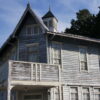
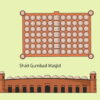

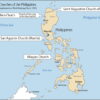

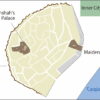
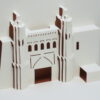
Recent Comments